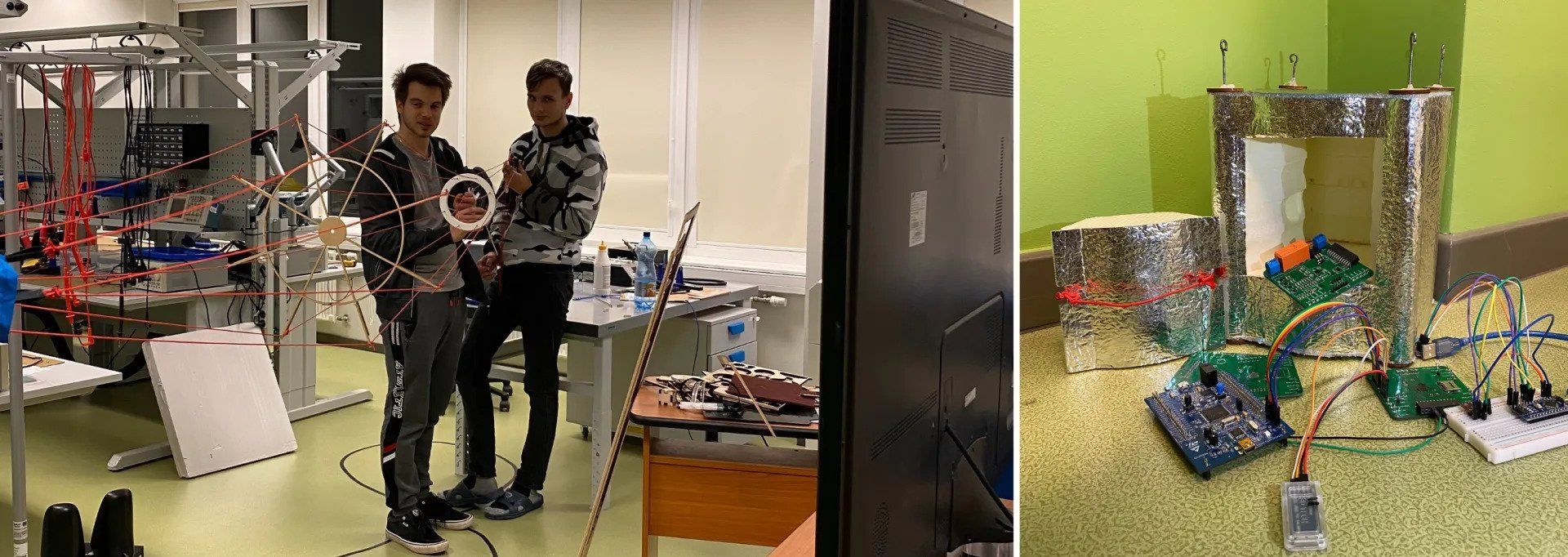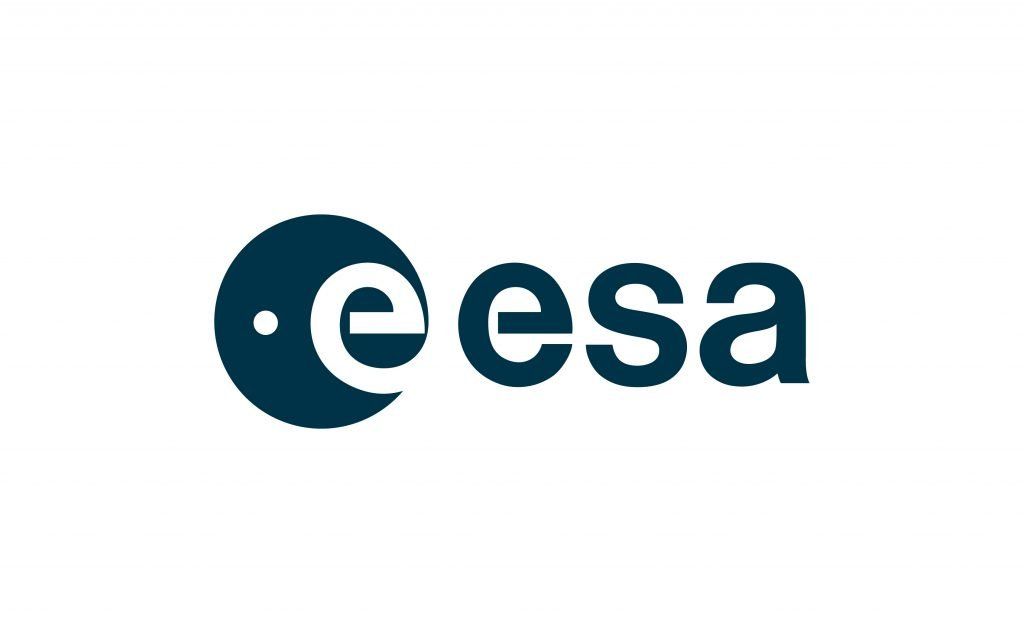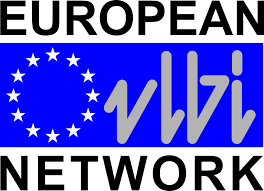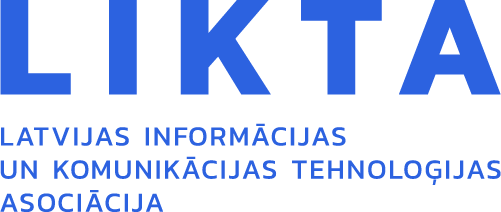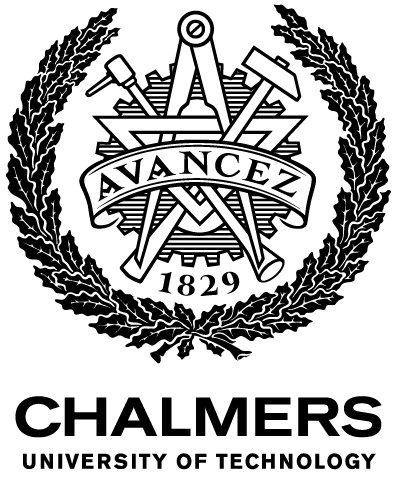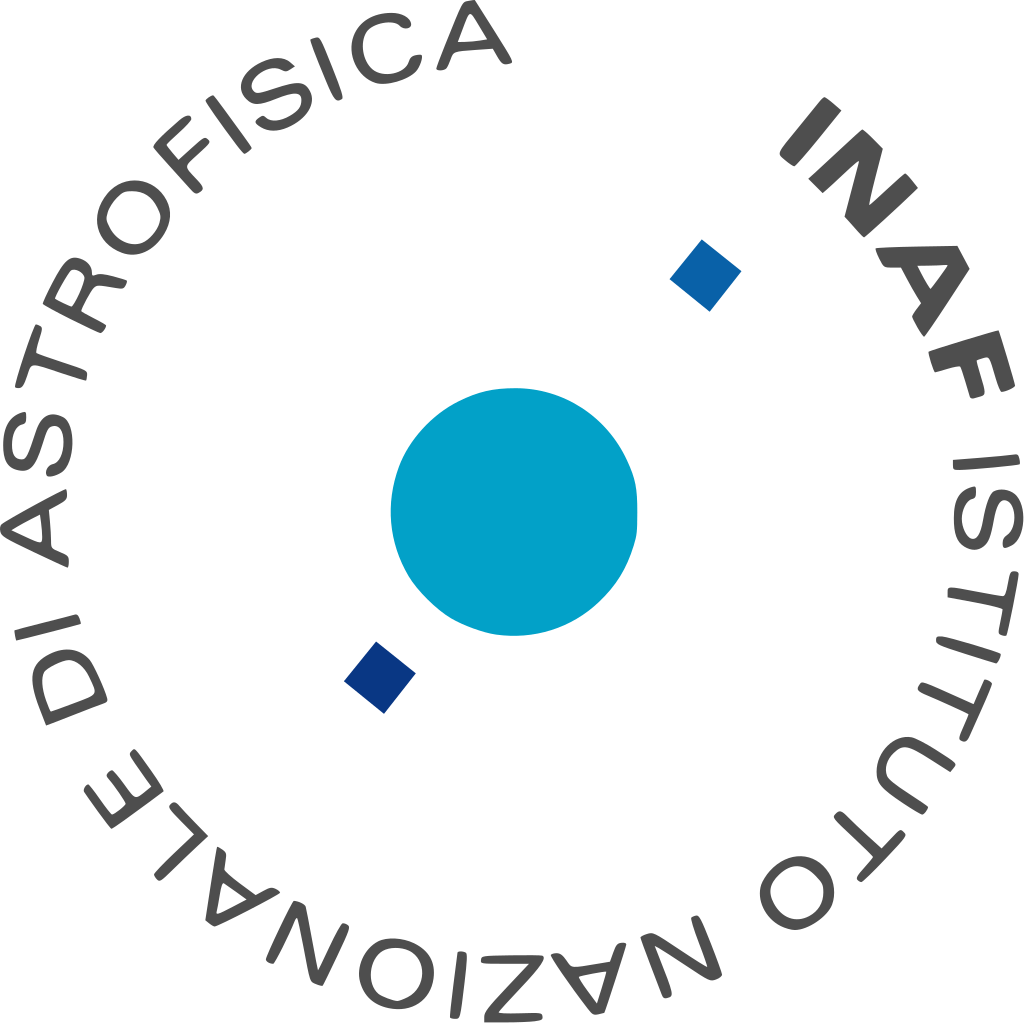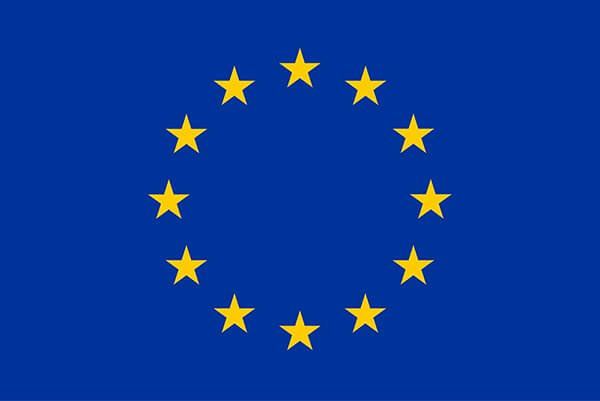This web page is created within BALTICS project funded from the European Union’s Horizon2020 Research and Innovation Programme under grant agreement No.692257.
Students develop stratospheric probe “IRBE-5”
January 14, 2022
Third-year students of the professional bachelor’s study programme “Electronics Engineering” of Ventspils University of Applied Sciences Faculty of Information Technologies are implementing the project on the stratospheric probe “IRBE-5”.
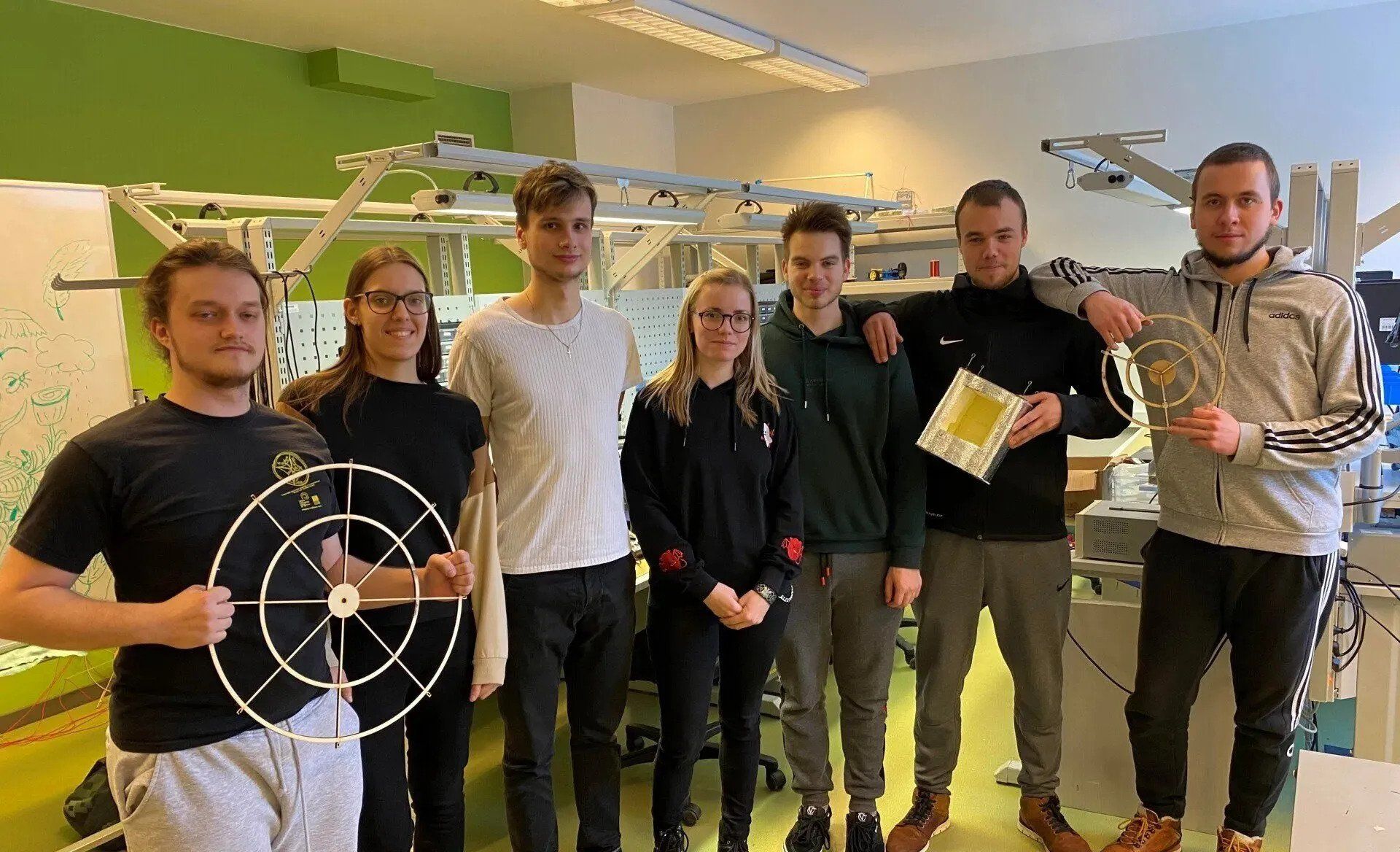
One of the objectives of the study programme “Electronics Engineering” is to acquire knowledge by creating modern electronic devices. Teaming up, nine students: Rodrigo Laurinovičs, Mareks Krišjānis, Jēkabs Stikāns, Deniss Beļinskis, Ralfs Jātnieks, Vitālijs Zapāns, Alekss Golovčenko, Aleksandra Smirnova and Eleonora Harčuka have used the knowledge and skills acquired at the university when developing the mission of stratospheric probe “IRBE-5”, thus demonstrating their capabilities and at the same time promoting the direction of electronics engineering of Ventspils University of Applied Sciences.
“IRBE-5” is a stratospheric (11-50 km above sea level) probe that will be launched into the atmosphere at an altitude of approximately 20 to 25 km. The payload consists of several essential subsystems: electric power supply, sensors, on-board computer and communication.
The technical objective of the mission is to provide two-way communication and upgrade the previous communication subsystem, allowing to send commands to the probe from a ground base station, Ventspils University of Applied Sciences amateur radio station.
This is necessary to ensure the separation of the user-controlled probe – separation of the payload from the balloon, equipped with a safety parachute. The scientific experiment consists in measuring ultraviolet radiation to estimate the density of ozone molecules in the atmosphere depending on altitude.
The representative of the team Eleonora Harčuka admits that it is necessary to be active and inquisitive, as well as determined, positive and helpful to achieve ambitious goals. “Supporting each other makes it easier to overcome difficulties. This is a great opportunity for our team to create electronics and develop teamwork skills in order to get a working device in the end,” says Eleonora.
As to history, “IRBE-5” is the fifth stratospheric probe developed by students and others interested in creating electronic solutions.
Previously, probes were developed as part of the international weather balloon competition “Global Space Balloon Challenge”.
For example, in 2017, VUAS electronics engineering students developed the project “IRBE-3”, in which young people created a new, functionally improved prototype of the payload capsule with a plan that, compared to its predecessors, prototype increased the heat resistance inside the capsule.
The self-made 434 MHz Yagi-Uda antenna, which provided high-gain directional action, was used to search for the payload after it landed.
